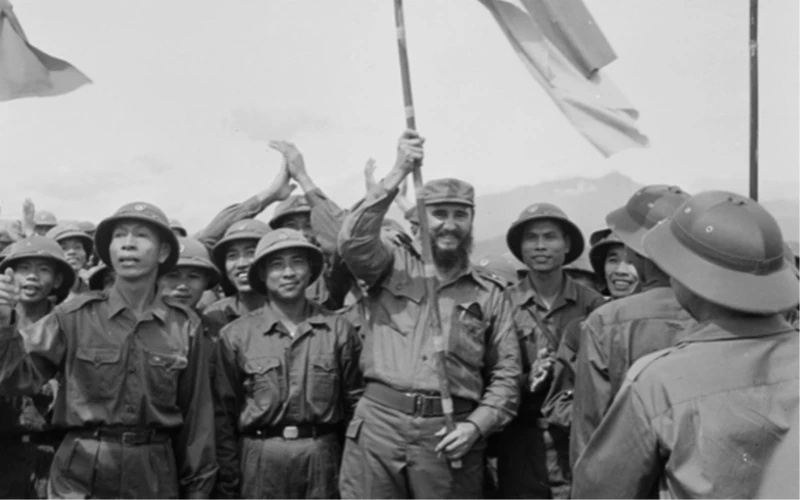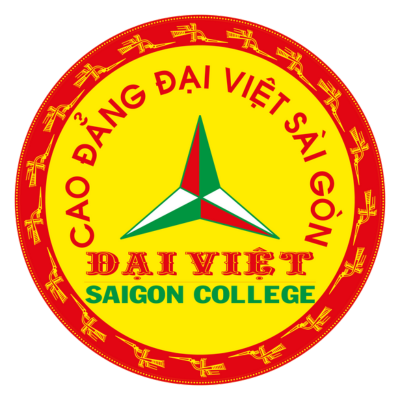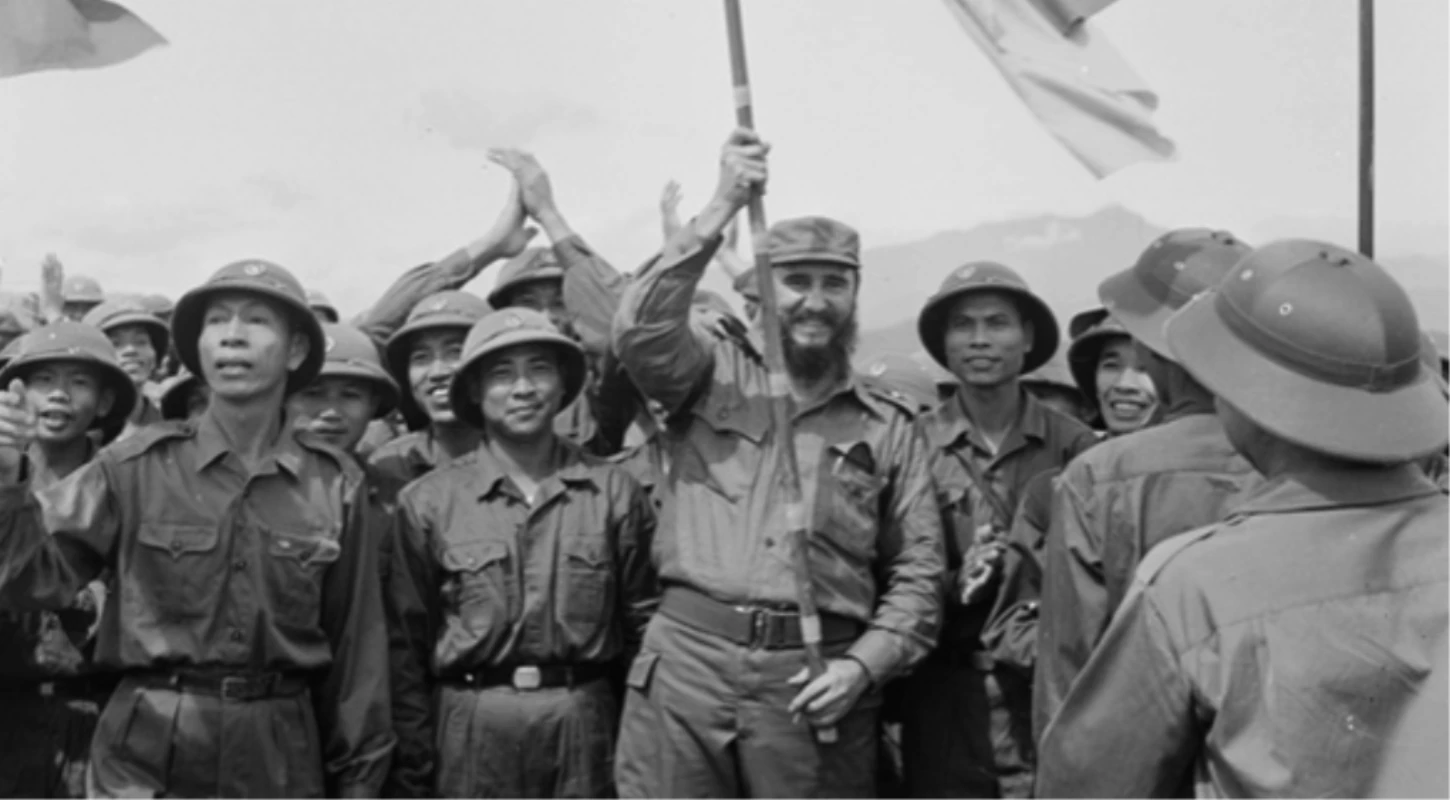The relationship between Vietnam and Cuba over the past half-century transcends the conventional framework of bilateral relations. It embodies a steadfast, sincere, and sharing bond between two brotherly nations, regardless of geographical distance and the changing tides of global events.
The relationship between Vietnam and Cuba over the past half-century transcends the conventional framework of bilateral relations. It embodies a steadfast, sincere, and sharing bond between two brotherly nations, regardless of geographical distance and the changing tides of global events. This sentiment was echoed by Regeneración, the official media outlet of the ruling National Regeneration Movement Party (Morena) in Mexico, during the recent state visit of General Secretary and President To Lam to Cuba from September 25-27, at the invitation of First Secretary Miguel Diaz Canel Bermudez of the Communist Party of Cuba.
As highlighted by the Regeneración article published on September 24, this visit marks the first of To Lam in his capacity as General Secretary and President. Cuba is among the first countries he has visited, just ahead of the 65th anniversary of diplomatic relations established in 1960.
Author Pedro Gellert asserts that this visit serves as a vivid testament to the high level of political trust and the determination of both governments and peoples to continuously strengthen the special friendship fostered by leaders Ho Chi Minh and Fidel Castro. This relationship has become a model and a symbol of solidarity for the era.

Gellert, a veteran journalist and media advisor for the Morena party, recounted the historical context of the special Vietnam-Cuba relationship. During Vietnam's struggle for independence in the 1960s and 1970s, Cuba stood as a symbol and leader in the global solidarity movement, offering invaluable and effective support for Vietnam's just cause.
With the motto "All for Vietnam," the movement for solidarity with Vietnam spread widely throughout Cuba. Nowhere else in the world can one find thousands of factories, schools, and neighborhoods named after Vietnamese heroes and landmarks, as seen in Cuba. Meanwhile, many roads, factories, and essential infrastructure across Vietnam bear the marks of the labor and creativity of Cuban friends who did everything possible to aid Vietnam's victory and recovery post-war.
Notably, Fidel's proclamation, "For Vietnam, Cuba is willing to give its blood!" made during a rally at the Jose Marti Revolution Square in Havana in 1966, alongside his historic visit to Quang Tri's liberated zone in 1973, has become a profound source of inspiration for the Vietnamese revolution and an enduring symbol of the beautiful Vietnam-Cuba solidarity.
In response to this heartfelt camaraderie, Vietnam has consistently offered special friendship, solidarity, and sincere cooperation to Cuba. Supporting Cuba is regarded as a natural duty stemming from the pure internationalist spirit and the traditional friendship and humanity of the Vietnamese people.
From the early years after the Doi Moi (Renovation) period in 1986, the Vietnamese people united to endure hardships and sacrifices to support Cuba, helping it navigate the challenges of the "Special Period" in the early 1990s. Numerous non-repayable aid projects and cooperations were initiated, including efforts to assist Cuba in rice production, gradually ensuring food security.
Vietnam has wholeheartedly shared its experiences in socio-economic development and international integration with Cuba. Regular food aid, including essential goods like rice, coffee, and other agricultural products, has been extended to help Cuba overcome economic difficulties stemming from trade embargoes. Furthermore, Vietnam has provided expertise in agricultural development, particularly in rice production and sustainable farming techniques by sending hundreds of specialists to the Caribbean nation.
Moreover, Vietnam’s solidarity and support for Cuba have consistently been voiced strongly in various regional and international forums, particularly advocating for the lifting of the unjust trade embargo imposed on the small island nation for decades.
On a regional level, the special relationship between Vietnam and Cuba serves as a reference point that helps bridge Vietnam closer to Latin American countries. After establishing diplomatic relations with Cuba in 1960, Vietnam went on to establish diplomatic ties with Chile in 1971 and Argentina in 1973. In the first five years following national reunification (1975-1980), Vietnam established diplomatic relations with ten Latin American nations. This was also a period when Vietnam stood shoulder to shoulder with Latin American nations in their struggles for independence, democracy, and social progress.
During this time, Latin American countries not only strongly supported Vietnam’s admission to the United Nations in 1977 but also helped Vietnam address the consequences of war, expand its foreign relations, and resist various sanctions. Since Vietnam embarked on the Doi Moi reforms in 1986, relations between Vietnam and Latin American nations have entered a new phase of stronger and more comprehensive development.
Over the past two decades, trade between Vietnam and Latin America has increased 67-fold, from $300 million in 2000 to $20 billion in 2022. Vietnam has launched numerous investment projects in this region of 650 million people, focusing on strategic sectors such as energy, oil and gas, and telecommunications.



